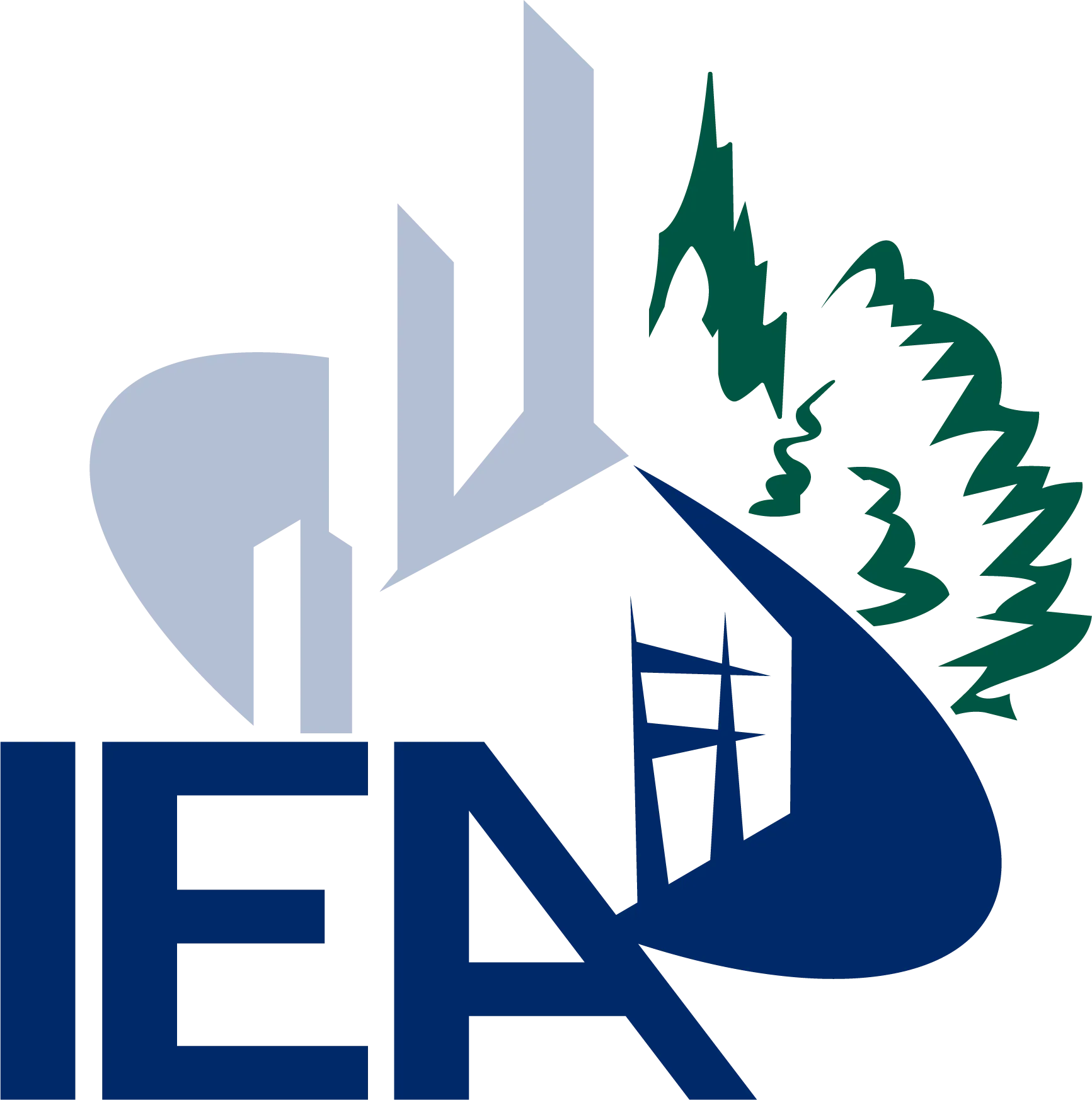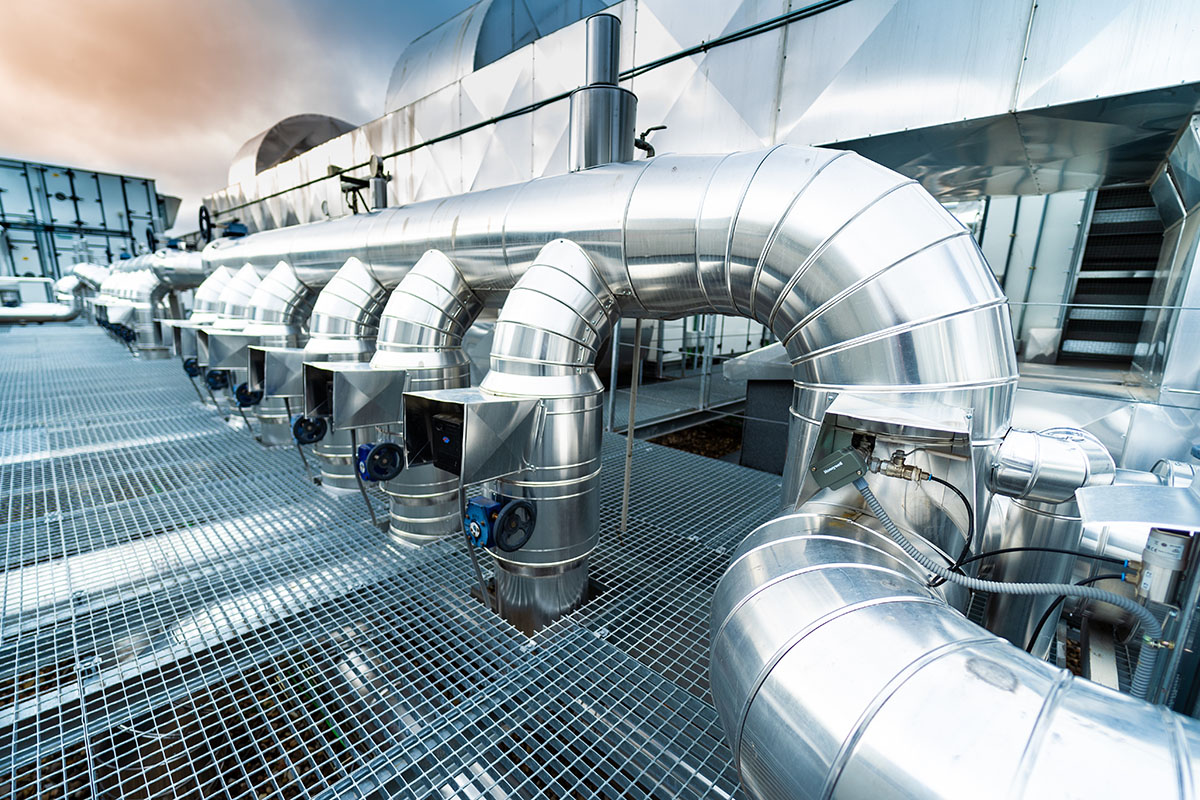Fall 2025 Wrapped: Lessons from a Summer of Extreme Weather
As we transition into fall, it’s a good time to reflect on the intense summer conditions Minnesota experienced this year. With record heat, high humidity, and excessive rainfall, many facilities faced significant indoor air quality (IAQ) and operational challenges.
This summer’s weather led to a range of issues across facilities, including:
- Flooding: Heavy rain overwhelmed drainage systems, forcing facilities to bring in restoration contractors to dry down and remediate impacted areas.
- Fungal Growth: Poor air exchange and ventilation in some buildings led to elevated indoor humidity, contributing to fungal growth on building materials and surfaces.
- Moisture Migration: Rain and humidity caused increased moisture intrusion through windows, roofing systems, and below-grade areas.
- Operational Disruptions: In severe cases, facilities had to halt work, relocate staff, or delay occupancy to address IAQ and building envelope concerns.
While some of these issues—like extreme rainfall—are unavoidable, many can be mitigated through proactive planning and seasonal preparation.
Strengthening Your Facility’s Resilience
Now is the time to assess and strengthen your facility’s ability to withstand changing weather patterns. Consider the following strategies:
Manage Water Migration
- Ensure landscaping slopes away from foundations.
- Maintain and inspect gutters, downspouts, and drainage systems.
- Seal and monitor below-grade areas for water intrusion.
Optimize Ventilation & Air Exchange
- Maintain proper air exchanges and humidity control, even in partially occupied areas.
- Use dehumidifiers or make HVAC adjustments to manage indoor moisture levels.
Monitor Occupant Activities and Facility Conditions
- Review how business operations may contribute to indoor humidity or IAQ issues.
- Educate staff on practices that help maintain a healthy indoor environment.
- Conduct periodic walkthroughs to identify signs of moisture, fungal growth, or structural concerns.
- Train teams to recognize early signs of fungal growth and moisture intrusion.
Solidify Vendor Relationships
- Establish partnerships with remediation contractors who follow IICRC guidelines for safe and effective cleanup.
- Identify a qualified third-party environmental professional to assist with sampling, site assessment, remediation design, and documentation—ensuring compliance and insurance requirements are met.
IAQ Management Plan
- Create or update your Indoor Air Quality Management Plan.
- Include seasonal strategies and emergency response protocols with clear communication of designated IAQ contacts within your organization.
- You can view IEA’s Indoor Air Quality Management Plan Template here.
How IEA Can Help
IEA’s Air Quality Services team partners with facilities across Minnesota to assess, manage, and improve indoor air quality year-round. Our specialists provide comprehensive testing, moisture and mold assessments, and customized IAQ management strategies to help organizations prevent costly damage, ensure compliance, and maintain healthy environments for staff and occupants.
Whether you need assistance developing an IAQ plan, conducting seasonal assessments, or responding to moisture-related concerns, IEA’s experts are here to help you stay proactive and protected.
Looking Ahead
As we leave behind the hot, humid, and rainy days of summer, fall offers the perfect window to reflect, assess, and prepare your facilities for the year ahead. Taking preventive steps now will help ensure that your buildings remain resilient—protecting both operations and the health of those inside.


